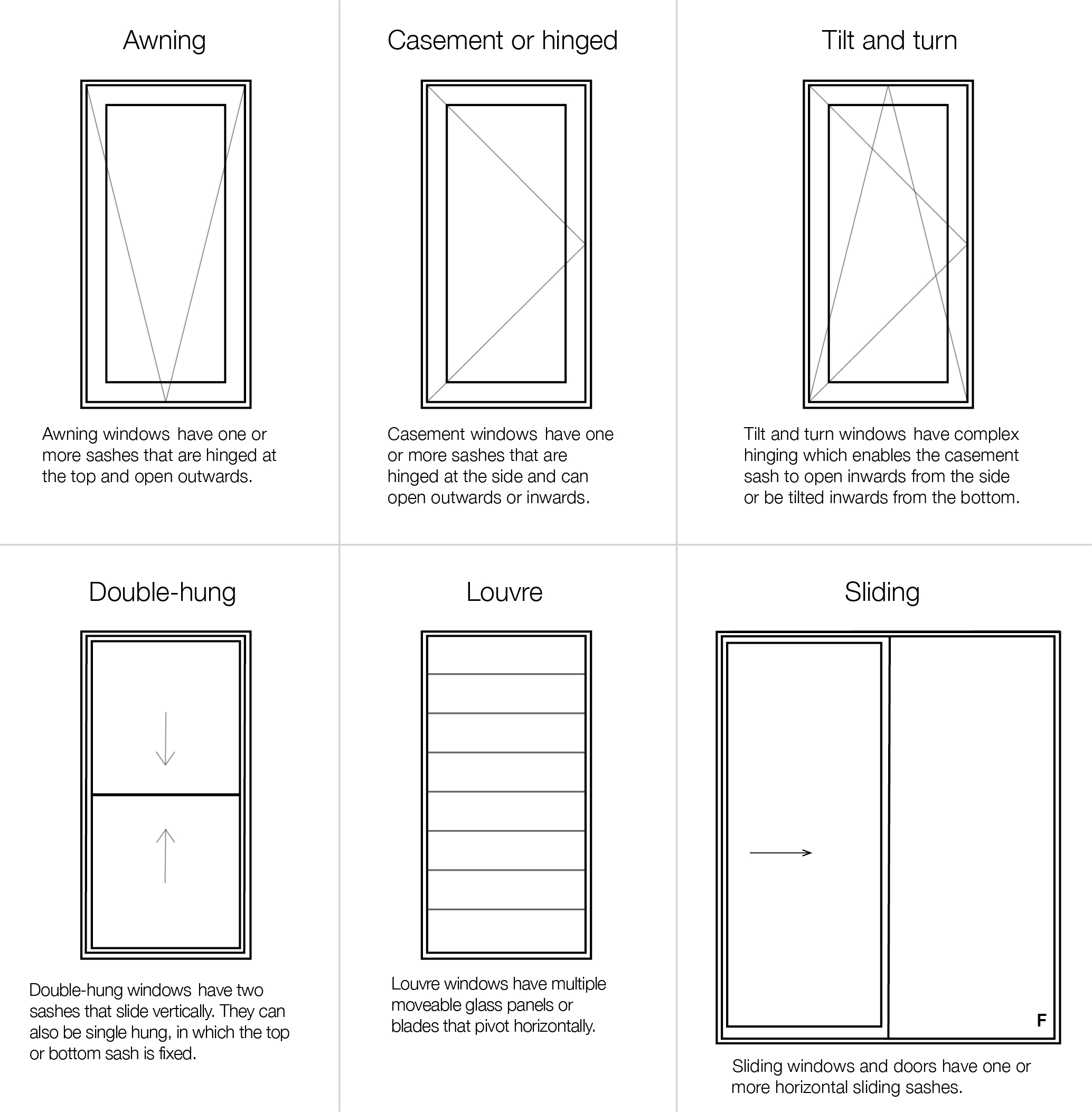All Categories
Featured
Table of Contents
Which Double Glazing Company Is The Best? in Hovea Western Australia
Laminated glass is frequently used in locations in the house most prone to injury from human effect such as bathrooms, doors, around staircases and in locations close to the flooring (it fulfills the requirements of 'shatterproof glass' that is mandated for usage in these areas by Australian Standard AS 1288 Glass in buildings).
Toughened glass has actually been 'tempered' by being reheated and quickly cooled again. This process makes it much stronger than standard glass it can withstand higher impact loads prior to breaking. It likewise makes it safer since, when it does shatter, it gets into lots of small cubic pieces instead of hazardous fragments.
Twinglaze® Double Glaze Specification Act - Vic in West Perth Western Australia
However, toughened glass has no thermal or acoustic benefits over other glass of the very same toning or density. Secondary glazing is where single-glazed windows are retrofitted with a transparent acrylic or glass sheet connected to the within of the frame or openable sash with a secondary frame or with magnetic strips.


Secondary glazing will not carry out too thermally as a made IGU, because it is impossible to completely seal the perimeter, however it can supply great sound control. Window films are a thin polymer movie including an absorbing color or reflective metal layer, with an adhesive support. They adhere to your glazing to change its colour or make it reflective.
Climateframe Double Glazing: Perth's Double Glazed ... in Kewdale Perth
Applied to existing glass, some window movies can cut in half the total SHGC of the window by taking in and/or showing solar radiation. This can be particularly useful in hotter climates where cooling is the primary issue, or on east and west elevations straight exposed to extended periods of sunshine. Nevertheless, window films may likewise decrease visible light transmittance.
For this reason, it is typically best to use a recognized installer of window film. Frames have a significant effect on the thermal performance of doors and windows, because energy can be acquired and lost through the frame, in addition to through the glass. Various kinds of frame will permit different levels of heat gain and loss, so careful choice of frame is necessary for effective passive design.
Magnetite: Australian Retrofit Double Glazed Windows in Salter Point Western Australia
However, aluminium is likewise an extremely excellent conductor of heat and will reduce the insulating value of a glazing unit, unless specifically crafted to reduce this. A 'thermally broken' frame is comprised of 2 aluminium areas linked by a structural insulator (typically a low-conductivity structural polymer). This 'breaks' the thermal connection through the aluminium and reduces the heat flowing through the frame.
Timber frames are a good natural insulator that can suit some home designs. Wood frames need to be made from species that have naturally high resilience or be dealt with to prevent decay and contortion.
Twinglaze® Double Glaze Specification Act - Vic in Osborne Park WA
This can result in spaces that enable air seepage unless great draught sealing (weather stripping) is installed. u, PVC is a kind of plastic (unplasticised polyvinyl chloride, likewise referred to as rigid PVC). u, PVC frames offer exceptional thermal efficiency, frequently much better than lumber or thermally broken aluminium. u, PVC is long lasting and needs very little maintenance, and can be moulded into complex profiles that supply outstanding air seals.
u, PVC windows and doors have excellent thermal efficiency Image: Ben Wrigley (Light House Architecture and Science) Composite frames use aluminium profiles on the outer areas with either a lumber or u, PVC inner area. These combine the low maintenance and toughness of aluminium with much improved thermal efficiency.
Table of Contents
Latest Posts
Triple Glazing Vs. Double Glazing: What Are The Differences? in North Beach Western Australia
What Are The Best Upvc Windows For Summer in Secret Harbour WA
Why Is Double Glazing So Important In Winter? in Yanchep WA
More
Latest Posts
Triple Glazing Vs. Double Glazing: What Are The Differences? in North Beach Western Australia
What Are The Best Upvc Windows For Summer in Secret Harbour WA
Why Is Double Glazing So Important In Winter? in Yanchep WA